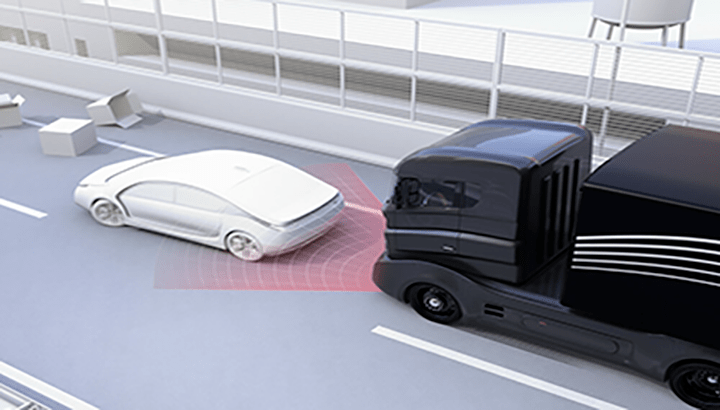Household pollution monitoring and prediction system using IOT
Among the main sources of household air pollution are harmful gasses from wood fuel and Liquefied Petroleum Gas (LPG). Even though, attempts have been made to come up with solutions using different technologies to monitor the pollution levels and give appropriate alerts. There is a need to develop a solution that will not only monitor but also predict pollution levels so that corrective measures may be taken early enough. This study aims at developing a prototype for a household air quality monitoring system and pollution prediction system using Artificial Intelligence (AI).
The proposed solution will involve the installation of the system in the house with the use of a low-cost Arduino-based microcontroller that incorporates sensors to monitor carbon monoxide (CO) and particulate matter and environmental sensors to monitor temperature and humidity. The collected data will be sent to Cloud via Global System for Mobile (GSM) for data storage, processing, and analysis. The alerting system will be developed along with the prediction system using Artificial Intelligence. Pollution early warning alerts are generated appropriately. The expected results from the study are to collect data from a kitchen, alert people using the kitchen when the air quality is poor in real-time, and also the prediction of air quality so as to minimize and later avoid the exposure of poor air quality in households.
This work deployed sensors in the household connect them with Arduino UNO and send the collected data to a cloud platform known as Thingspeak with the use of a GSM module, the data was further used on air quality prediction using Machine Learning algorithms, and air quality widget will clearly show the level of air pollution in colors.
This system will help reduce the health risks relating to indoor air pollution and also provide data to be used by the government, NGO environmental bodies, and agencies.
Related project idea for free
TEMPERATURE AND FACE DETECTION SYSTEM
The measured amount of heat in a place or in the body is called temperature whereas face is the front of the head, where the eyes, nose and mouth are. By using face detection, you can recognize someone’s identification. Temperature can be used as the sign of change in human body. In corona virus/c...
Read more>>Vehicle collision avoidance IOT system
Driver-assistance systems called collision avoidance systems, sometimes known as crash avoidance systems, use sensors and algorithms to identify possible hazards or obstructions and issue alerts to the driver to help prevent a collision. A collision avoidance system is a type of safety device used t...
Read more>>Smart airtime vending machine
The most important intention of this thesis includes undertaking modern technology by designing and implementing a smart airtime vending machine known as a self-service airtime vendor machine that will come as an additional method apart from the current airtime selling and buying methods which are m...
Read more>>IoT-based conversational AI Recommender assistant for vital sign predicted anomalies
In most real-time scenarios such as emergency first response or a patient self-monitoring using a wearable device, it is likely that accessing a healthcare physician for assessing potential vital sign anomalies and providing a recommendation will be impossible; thus potentially putting the patient a...
Read more>>Crop conditions monitoring using IOT and transfer learning: Case study Maize in Rwanda
Food insecurity is a huge problem that is affecting countries under development, particularly in sub-Saharan Africa. The ability to collect data with high resolution and field wide in precision agriculture has come to the attention of key players in agronomic crop production as well as in agronomica...
Read more>>
